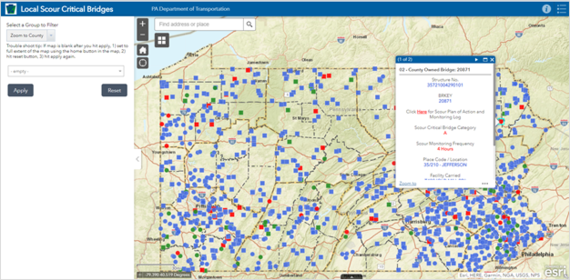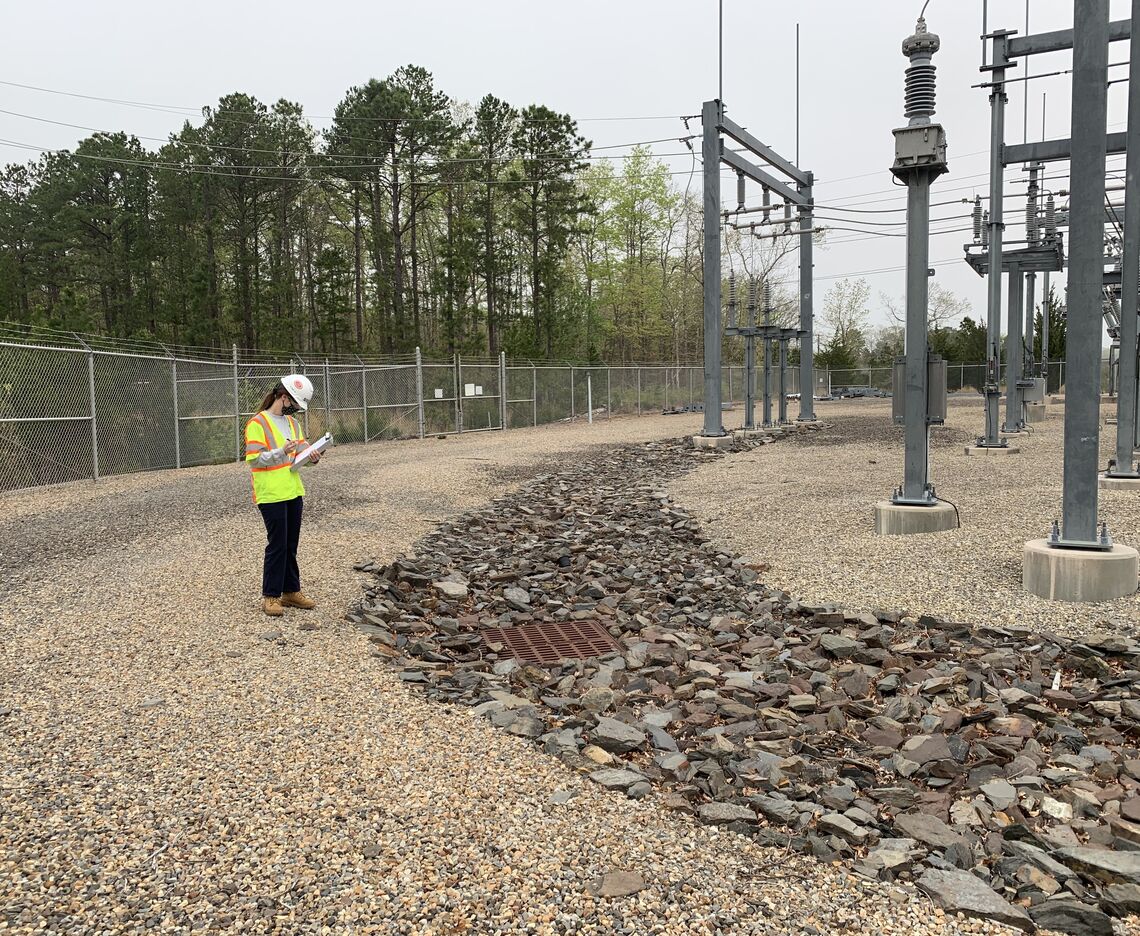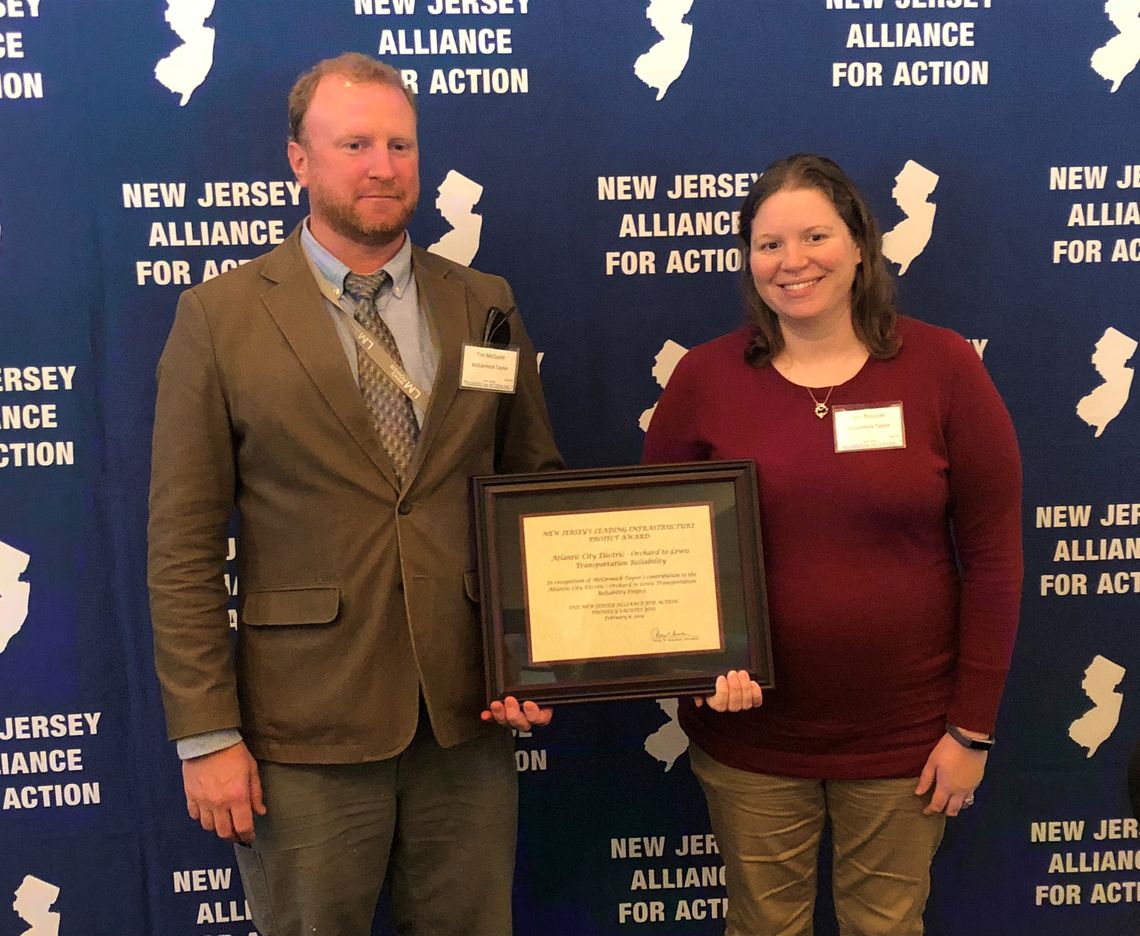
SCOUR CRITICAL BRIDGE FLOOD MONITORING
One of the critical bridge maintenance tasks McCormick Taylor performs is to monitor scour critical bridges. This means tracking rainfall totals to identify events that may produce potential bridge scour. This year, McCormick Taylor’s Pennsylvania team saw a significant increase in the need for this service, though it is not new.
In September and August 2021, many Pennsylvania counties experienced above-average rainfall due to Hurricane Ida and other storms. The precipitation recorded in Northeastern and Central Pennsylvania made this September one of the top 10 rainiest on record. According to the National Weather Service, this year more than 25 counties across the state have had between 11 and 25% more precipitation, and 3 counties, including Allegheny, Lackawanna, and Wayne, have had 25 to 50% more precipitation (as of October 17, 2021).
Heavier and more frequent rainfall brings challenges such as flooding and the potential to create scour. McCormick Taylor currently provides flood monitoring for scour critical bridges for several clients including Berks, Chester, Delaware, and Montgomery counties. Read on to learn more about what a scour critical bridge is, how it is monitored, and where scour critical bridges may be in your municipality.
What is Bridge Scour?
Bridge scour is the removal of streambed material around bridge abutments or piers, such as sand and gravel. It can potentially occur from fast-flowing water or pressure flow, debris, and water flowing over the structure or overtopping. If scour continues to occur, it can compromise the integrity of a structure, causing holes or other defects, including loss of foundation material beneath the structure footings. In the United States, bridge scour is one of the three main causes of bridge failure.
Evaluating Scour Critical Bridges
As part of routine bridge inspections, McCormick Taylor uses field observations and data gathered by our certified bridge safety inspectors to determine if a bridge is scour critical. In Pennsylvania, scour critical bridges are categorized by the structure’s vulnerability to scour. Category A is the most susceptible to scour while Categories B, C, & D have decreasing scour vulnerability. As such, Category A bridges are given higher priority and monitored more frequently.
Once a bridge is identified as scour critical, the development of a Plan of Action (POA) is required. The POA establishes a systematic process for the monitoring of the bridge and subsequent closing during a significant rain event. This ensures public safety as there are specific criteria that must be met through an inspection prior to the bridge re-opening after a flood event. The POA also assists bridge owners with maintenance programming and prioritizing scour countermeasures designed to protect scour critical bridges from flood damage. McCormick Taylor utilizes a bridge-specific monitoring log during each visit to a scour critical bridge to provide our clients with quick access to the latest information on a scour critical bridge status.
Action Items and Preventative Measures
McCormick Taylor tracks rainfall totals to identify the potential for flooding. When flooding occurs on a Category A bridge, bridge monitoring begins immediately to evaluate potential signs of distress, and observations are recorded in the bridge’s monitoring log. If the approach roadway is submerged or pressure flow occurs, the bridge should be closed. If the bridge must remain open, then continuous monitoring is performed. For Category B and C bridges, monitoring will occur as needed and at a lesser frequency than Category A or as directed by PennDOT. Category D bridges are considered stable and do not require monitoring during an event, but do require countermeasures and an inspection after each serious flood. An example of a countermeasure is the placement of riprap (large rock) in close proximity to the bridge foundations to protect the underlying streambed against erosion and scour caused by fast-flowing water. Below are the Monitoring Actions for each Category bridge.
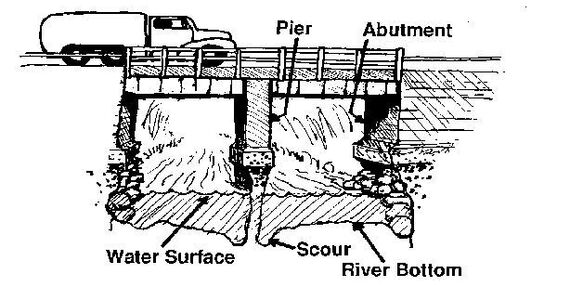
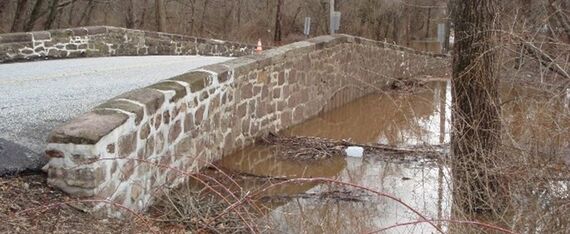
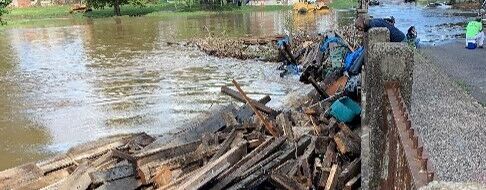

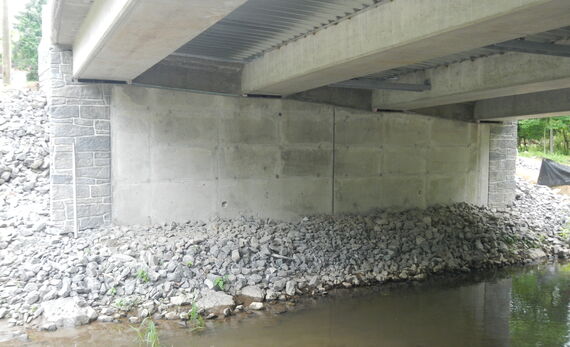
Category A
Extensive scour and undermining has occurred; substructure units are at high risk of becoming unstable due to potential for scour; presents significant safety hazard under high water conditions
- Monitor once flooding begins
- Record visit on Monitoring Log; Interstate bridges must be done
- Close bridge if approach roadway is submerged or pressure flow occurs (beams become submerged)
- If bridge must remain open during pressure flow, then continuous monitoring must be performed
Category B
Foundation at risk of becoming unstable due to potential for scour below or within limits of spread footing or pile tips
- Monitor as resources allow once flooding begins
- Bridges on NHS are most important
Category C
Foundation at risk of becoming unstable due to potential for scour below or within limits of spread footing or pile tips
- Monitor as resources allow once flooding begins
- Bridges on NHS are most important
Category D
Stable but require scour countermeasures
- Do not need to be monitored during significant flood event
- Requires flood inspection to be done after serious flood
Where are Scour Critical Bridges in your Municipality?
PennDOT developed a Local Scour Critical Bridge Map using an internet-based application that identifies and locates all local scour critical bridges statewide by county. The Scour Critical Category (A, B, C or D) of scour critical bridges are designated by color and symbolized by shape to identify ownership. In addition, once selected each bridge contains additional information, including a hyperlink to the Scour Critical Bridge Monitoring Log.
Follow this link to find out if your municipality has scour critical bridges. There are additional scour critical resources available to municipalities, including municipal maintenance crew training. Should you like more detail about prevention, maintenance, or monitoring your scour critical bridges, McCormick Taylor staff can provide assistance and consultation. Please contact our Exton Office Structures Lead, Jennifer Payne at jspayne@mccormicktaylor.com.
